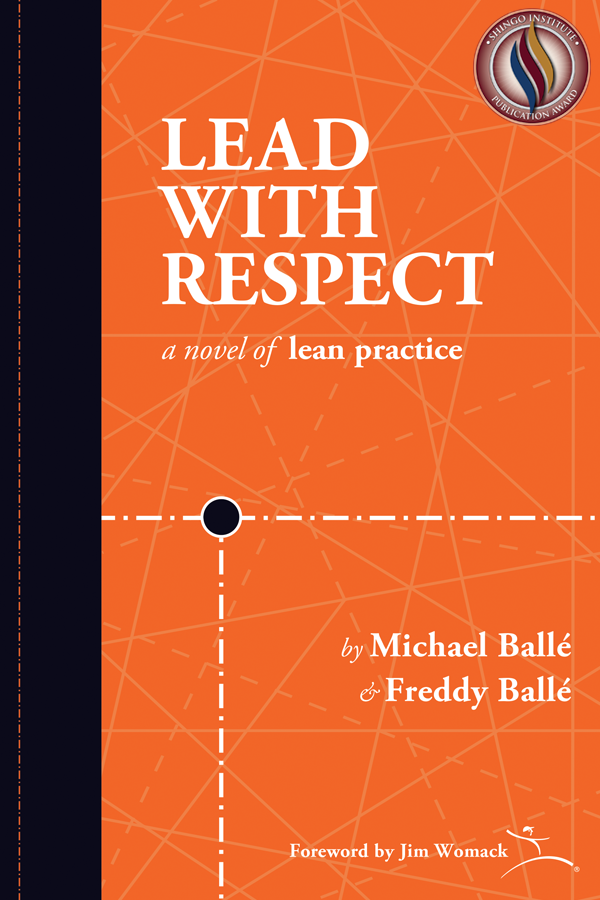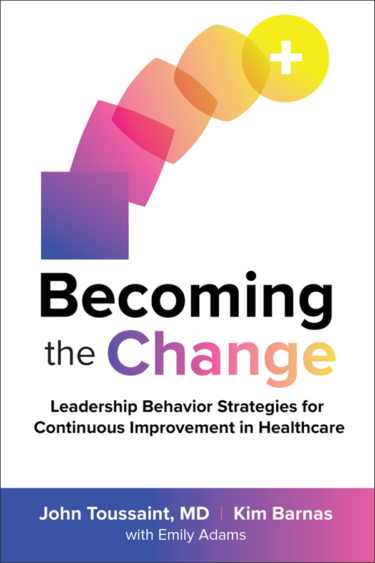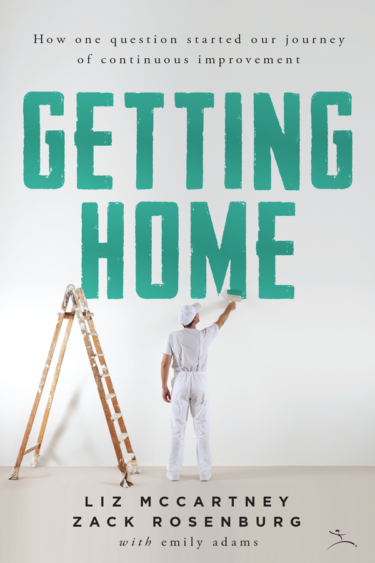In their third business novel Lead With Respect, authors Michael and Freddy Ballé reveal the true power of lean: developing people through a rigorous application of proven tools and methods. And, in the process, creating the only sustainable source of competitive advantage—a culture of continuous improvement.
In this engaging and insightful story, CEO Jane Delaney of Southcape Software discovers from her sensei Andy Ward that learning to lead with respect enables her to help people improve every day. “For us, lean is all about challenging yourself and each other to find the right problems, and working hard every day to engage people in solving them,” he says.
Lead With Respect’s timely message brings a new understanding of lean. While lean has become essential for companies to compete in today’s global economy, most practitioners see it as a rigorous focus on process to produce higher quality goods and services—a limited understanding that fails to realize the true power of this approach. This new novel by the Ballés, the third in a series that includes Shingo Research Award-winners The Gold Mine and The Lean Manager, breaks new ground by sharing huge amounts of practical information on the most important yet least understood aspect of lean management: how to develop people through a rigorous application of lean tools. You’ll learn:
- How to apply Lead With Respect attitudes to the lean tools you are using now so that you develop a truly sustainable lean culture.
- What specific steps to follow to make lean leadership behaviors daily habits.
- How to manage with respect through the emotion, conflict, tension, and self-doubt that you’ll face during a lean transformation.
Chapter Downloads:
“Lead With Respect is a terrific book that puts the elements of genuine motivation into a broader context and helps leaders translate those principles into action.”
—Daniel H. Pink, author of To Sell is Human and Drive
“The Ballé books are a great way to get started or to speed up your pace of transformation, personal and organizational.”
—Jim Womack, Founder of Lean Enterprise Institute










Reviews
There are no reviews yet.